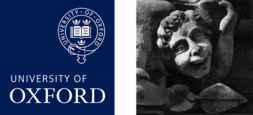The extraction and study of organic residues from ceramics has been a subject of interest for the last 50 years in archaeology and archaeological science. Lipids are among the bestpreserved organic substances in archaeological contexts and can provide information about the diets of ancient populations, as well as past environments. Here, we present a method which demonstrates significantly improved extraction of lipids from archaeological pots by replacing liquid organic solvents with supercritical fluids. Optimization of the procedure using response surface methodology (RSM) approach showed that, on our system, optimal conditions for supercritical extraction of lipids from synthetic fired clay ceramics could be achieved using carbon dioxide with 16 volume % of co-solvent EtOH:H2O (95:5 v/v) in 90 minutes at a flow rate of 2.3 ml/min, for a pressure of 30 MPa and a temperature of 50°C. For all reference and archaeological samples included in this study, lipid yields obtained by supercritical fluid extraction under these optimal conditions were systematically higher than by conventional solvent extraction. This study also highlighted a variability of the ratio of unsaturated versus saturated fatty acids depending on the extraction method. This can have important implications in the identification of the residue(s). The increased extraction efficiency provided by supercritical fluids, as well as their minimally destructive nature, enable new and refined approaches to residue analysis and dating of archaeological ceramics.
residue analysis
,lipid
,supercritical fluid extraction (SFE)
,archaeological ceramic



